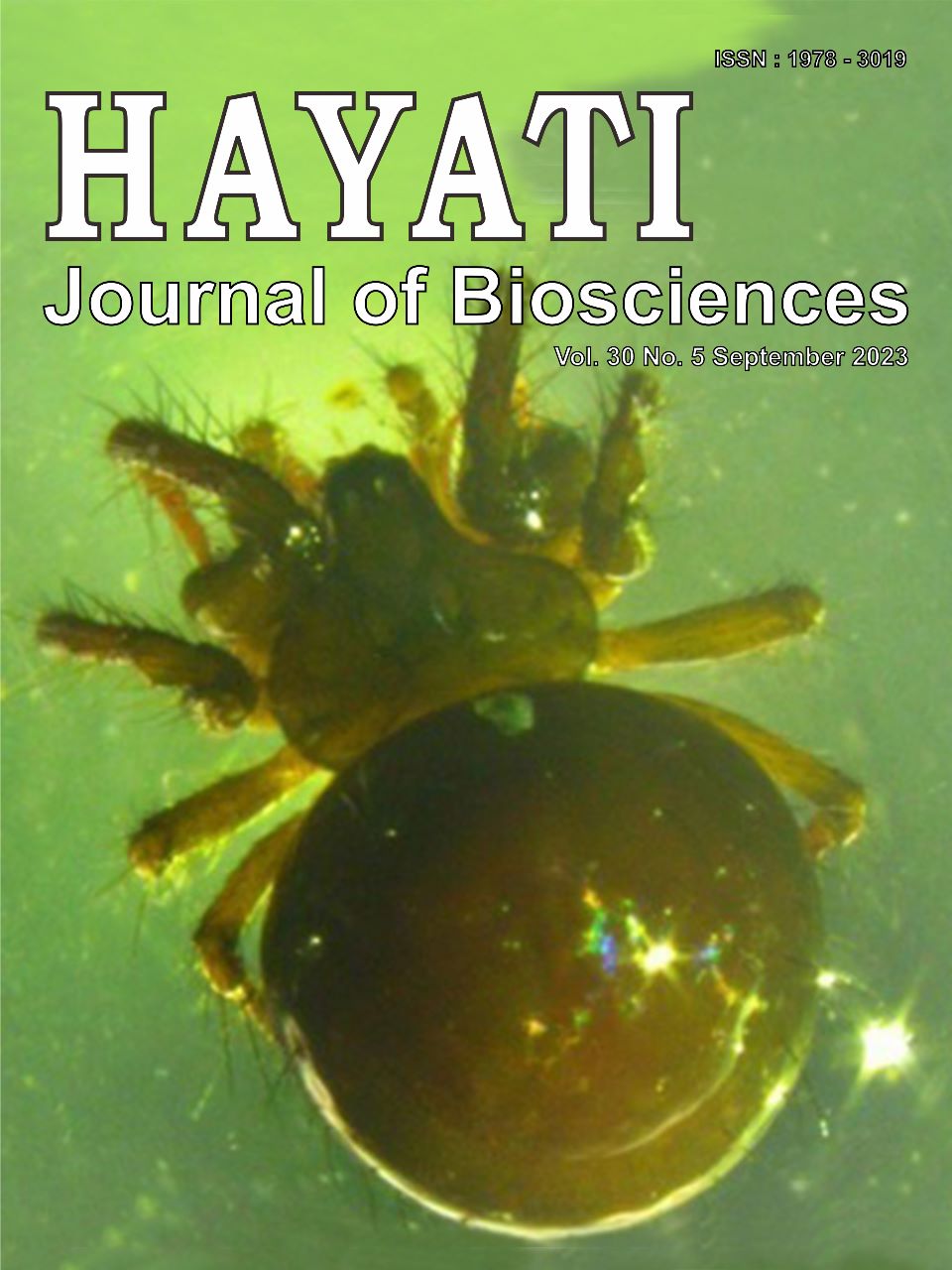Taxonomic Profiling of Microorganisms Inhabiting Two Solar Salterns that Produce High- and Low-Quality Salts
Abstract
The contribution of halophilic microorganisms to the quality of salts produced in solar salterns has recently been recognized but not clearly understood. Using metagenomic 16S rRNA gene sequencing approach, we showed the microbial composition difference between the Tuban crystallization pond (CP-Tuban) that produces low-quality salt and CP-Sampang as a representative solar saltern that yields high-quality salt. Dominant classes in both traditional salterns were represented by γ-proteobacteria and halobacteria that occurred at higher prevalence in CP-Sampang. Microbial taxa, including beneficial genera, in CP-Sampang were more diverse and abundant compared to CP-Tuban. Among 180 genus-level OTUs identified in CP-Sampang, 127 of them were considered unique due to their absence in CP-Tuban. Higher levels of dissolved oxygen (DO) and nutrient (phosphate, nitrate, and ammonia) in the seawater reservoir (SR) of Sampang may contribute to more diverse phytoplankton genera, which could support the growth of beneficial heterotrophic microbes that positively affect the salt quality of the CP-Sampang. Low number of Dunaleilla sp. in both CPs do not seem to influence the quality of salts produced. The outcome of these comparative studies provides new insights into the contribution of diverse microbial taxa in correlation with physico-chemical parameters and phytoplankton communities to the high quality of salts produced in traditional solar salterns. The presence of beneficial genera in the enriched microbial cultures could provide an important basis for further applications, such as improving the quality of salt produced and producing unique compounds and enzymes.
Downloads
Copyright (c) 2023 Ekowati Chasanah, Asri Pratitis, Rini Susilowati, Agus Heri Purnomo, Hedi Januar, Agustinus Uria

This work is licensed under a Creative Commons Attribution-NonCommercial 4.0 International License.
HAYATI J Biosci is an open access journal and the article's license is CC-BY-NC. This license lets others distribute, remix, tweak, and build upon author's work, as long as they credit the original creation. Authors retain copyright and grant the journal/publisher non exclusive publishing rights with the work simultaneously licensed under a https://creativecommons.org/

























.png) IPB University
IPB University Department of Biology
Department of Biology The Indonesian Biological Society
The Indonesian Biological Society 

